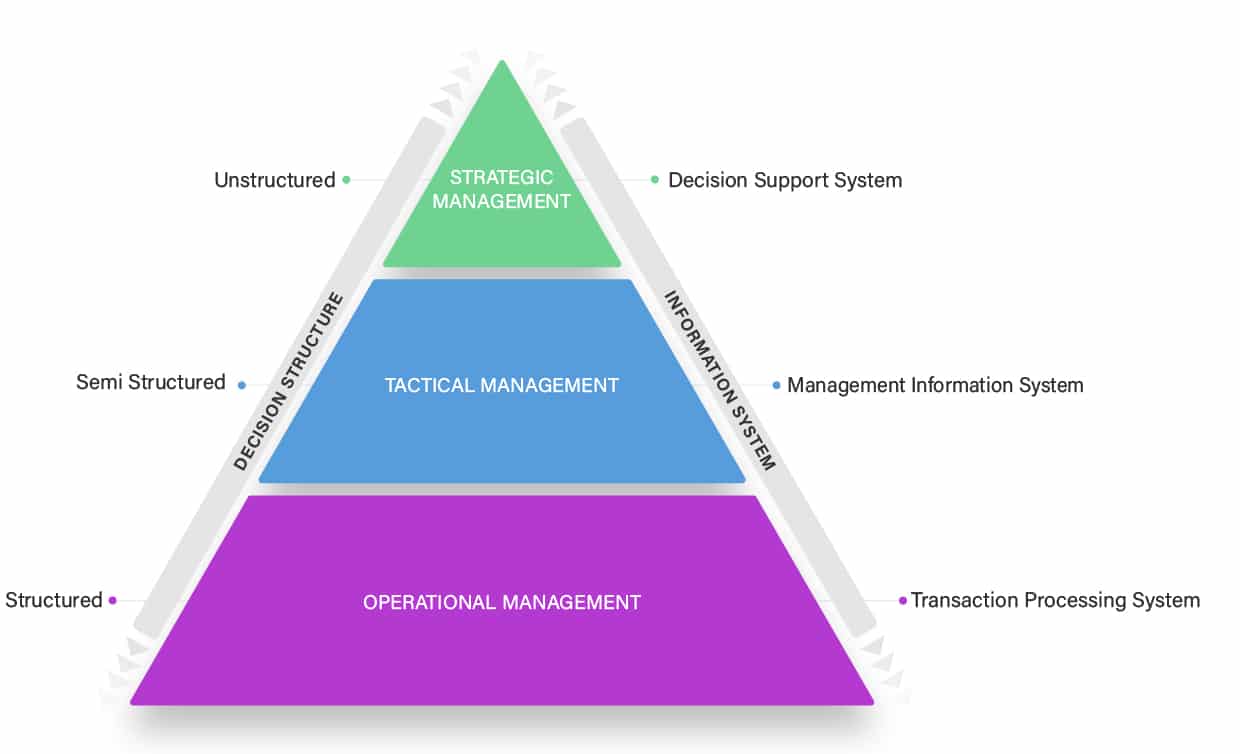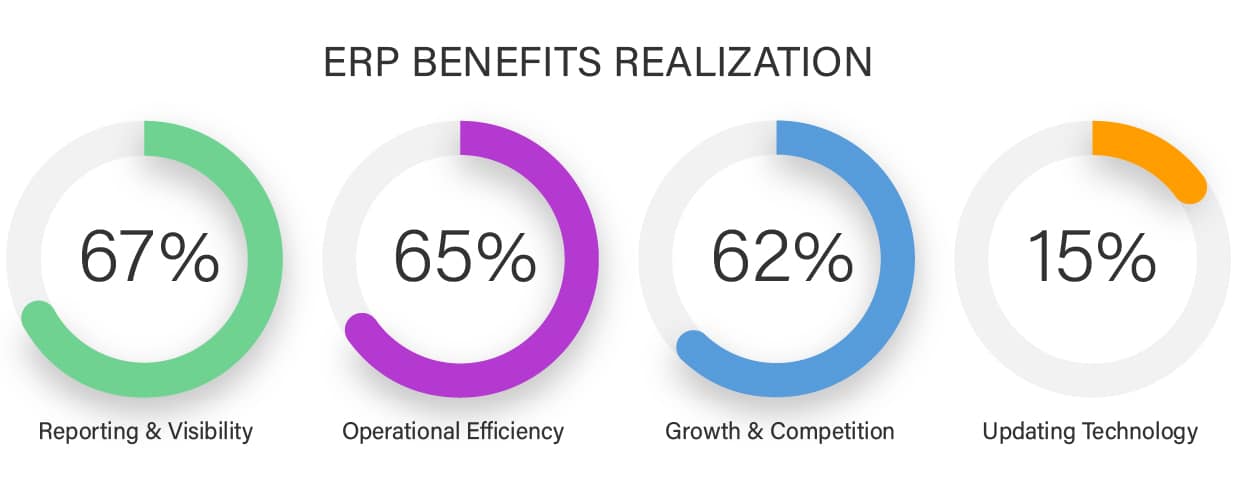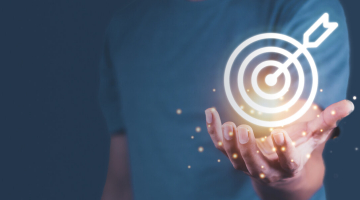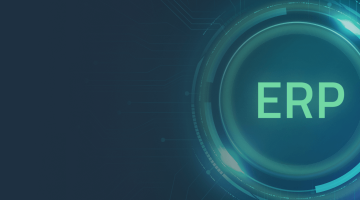

Is there any difference between MIS and ERP?
Leading a business, one has to keep many factors in check to be successful. Budget, time, in-house employee skills are all variables in the equation, the chances of solving minimized without good software.
Panorama’s latest survey demonstrates that 83% of companies are ditching outdated sales, marketing, HR, and financial management systems. Modern MIS and ERP systems come to the rescue, boosting the efficiency of data management and business decision making.
However, there is a difference between the two. Thus, it’s important to understand the roots of the complex relationships between these software products. Let’s break down each system’s specifics and consider the key business management features.
What is an MIS?
MIS (Management Information System) is a consolidated information base that stores all available data about finances, operational activities, personnel, and working processes of an enterprise.
The main role of this software type is the collection, storage, processing, and distribution of data, drawing up data-based reports, and providing information support for management decisions. The major features include analytical forecasting, long-term and current planning, practical control of operations.
The vast scope of functionality led to separate solutions focused on particular capabilities, such as ERP in MIS, decision-making support systems (DSS), and office automation platforms (OAS).
MIS is initially adapted to a certain type of business, which individually boosts the efficiency and profitability of operations. Such systems are used in finance, marketing, manufacturing, IT, and many other professional areas.
Pros and cons of MIS
The definite advantages of MIS include:
- Centralized information base. Managers and employees access all the information they need to solve day-to-day tasks in one place. This helps smooth out the flow of business operations since up-to-date data is always at hand. Employees have the opportunity to standardize data collection methods using templates or questionnaires.
- Task prioritization. There is no need to spend hours storing or retrieving data manually. As a result, the company saves on labor costs and employees get more space to keep productive.
- Improved decision-making algorithm. The system features data processing tools that generate reports based on data input from multiple sources. This makes it easier to manage material flows, workloads, and more.
- Increased personal responsibility. MIS also has tools for monitoring employee activity. You can see who makes what decisions and how long it takes. This ultimately helps source faults and rate in-house performance.
- Minimized paperwork. Data is stored digitally and access to a centralized database is provided over the company’s public network. This significantly speeds up the process of reviewing documents and helps reduce the expenses for paper, printing devices, pens, ink, etc.
- Accurate assessment of the financial situation. MIS helps top managers assess the overall financial state of a company. They can check the status reports of various projects at any time and conclude on the business progress and success.
- Boosted competitiveness. MIS stores and processes data in a faster and easier way. Customer requests are processed faster, which helps better retain users. Employees get rid of routine tasks and get more performance motivation. This is how companies achieve better results in two critical areas of work.
On the flip side, some drawbacks of MIS include the following:
- High pricing. Buying an off-the-shelf product or developing a custom solution is not cheap. That is why MIS is more often used by medium- and large-scale enterprises to work with large amounts of data.
- Limited functionality. Readymade solutions don’t always have all the necessary features and can include a lot of unused options. There is no opportunity to pay only for the necessary functionality. MIS will have to digitize and standardize business processes in your particular company, with all its specifics and nuances. And the development and integration of unique software require highly qualified specialists whose work is highly paid.
- The need for staff training. A complex system requires knowledge and skills; otherwise, there won’t be much use. Training employees takes time and money, but this investment pays off in the long run.
Fields of MIS application
MIS solutions are used to streamline and speed up the exchange of information between the departments of accounting, marketing, sales, production, etc. A system with SAP (Systems, Applications, and Products Data Processing) is useful for almost any enterprise that needs to digitize and organize data due to production needs.
MIS development or integration is tailored to the needs of a particular type of enterprise. For example, for production, the key functions are:
- Calculation of production volumes based on the analysis of the dynamics of demand and actual sales
- Raw materials procurement planning
Such a system grants three major management segments:
- Strategic ─ top management level. Collection and analysis of data on the main sales markets, marketing tools, and sales channels; budget planning.
- Managerial ─ middle management level. Effective control of personnel workflow, production volumes, and scrap rates.
- Operational ─ low-level employees. Collecting and analyzing data at all stages of production allows you to optimize low-level workflows and automate management.

What does ERP stand for?
ERP (Enterprise Resource Planning) is a software solution for enterprise resource planning in MIS. More precisely put, it is a business process management system. ERP is usually a part of the bigger management information system that is at the forefront of simplifying routine operations, providing managers with analytical information and tools to facilitate critical internal business processes.
As a characteristic element of the MIS concept, ERP information systems have become popular among large and small-sized businesses and more so than MIS itself. These are capacious systems that unite various management subsystems of departments in a large organization.
With access through a single application, each department uses a part of the system that is optimized for specific tasks. These applications are modular and store data in a centralized system database, all parts of which are synchronized.
However, when comparing MIS vs ERP, the latter doesn’t answer all the questions. By itself, it cannot eliminate inefficiency within the company. To achieve superior results, managers may need to change the way the business is organized. Otherwise, it makes no sense to spend a lot of money on a system incompatible with the business.
How to choose the right ERP accounting software? Read in our article!
Advantages and disadvantages of ERP vs traditional information system
Based on the numerous user feedback, we can define the following main advantages of ERP:
- Simple reporting. Built-in templates allow you to use ERP as a unified reporting system. Employees also get the opportunity to create custom templates for financial and other reports on their activities, with data collected automatically.
- Workflow efficiency. ERP reduces the burden on staff by automating daily tasks. The system helps minimize repetitive manual processes so that the team can focus on the priority tasks.
- Increased confidential data security. By regulating the level of access and centralized storage of information, the number of vulnerabilities is reduced to a minimum. The system provides secure backups, which reduces the risk of data loss due to error or failure. At the same time, the recovery doesn’t take much time.
- Optimization of internal processes. Simple and quick access to the required service information ensures decision-making speed and compliance with the overall company strategy.
- Effective supply chain management. Increasing the speed of order processing, the number of on-time deliveries, and other processes ensure the business’s success.
- Boosted scalability. When the number of clients grows, new business processes appear, new departments must open, and companies can expand the capabilities of the system. It can be modified or adjusted to meet new needs in the event of entering new markets or expanding the range of products.
- Efficient service. ERP benefits both internal and external customers of the company. The software automatically processes customer data entered once so that salespeople can focus on people rather than computers.

Again, alternatively, there are two common issues related to the implementation of an ERP in management information system:
- High costs. If you are purchasing a standard software package, be prepared to spend a lot of money on a license. You can reduce the cost by choosing a cloud system or a monthly plan. But keep in mind that permanent access to the system is only granted in case of regular subscription renewal. Remember that UI/UX design matters a lot for usability, so make sure you order top-notch services.
- Configurations. When the company realizes that the integrated system doesn’t meet the requirements fully, it resorts to customization. This process may indeed help fulfill the needs, but it is not free. All data must be reliable, digitized, and presented in a standardized form.
Nonetheless, these disadvantages are quite overbalanced by all the goodness an ERP may bring your business.
If the system meets real needs, it will pay off quickly. In addition, it is always possible to create custom ERP software with the required functionality without unnecessary decisions. As a last resort, you can reduce the cost by asking developers to include only MVPs. Other options can be added as the need appears and only in complete confidence that they will pay off.
More about ERP types — read here!
Fields of ERP application
This type of systems is quite commonplace among companies operating in the following fields:
- Retail, wholesale, and e-commerce
- Logistics, distribution, and transportation services
- Production and financial management
- Information technology
- Manufacturing
- Real estate
The role of information management in ERP is critically important in any applied business aspect, including:
- Finance: accounting, debts management, payments, cost management, budgeting, calculations, taxes, financial consolidation
- Personnel: recruiting, training, payment of salaries, pension accruals
- Production: accounting of equipment, materials, and production facilities, management of operational processes, control of production and product quality, after-sales services, etc.
- Sales: pricing, ordering, and processing, sales analysis
- Supply chain: planning, purchasing, inventory, product configurations, claims handling
- Project management: resource planning and usage, costing, billing, management.
- CRM: marketing, sales, customer service, fees, contact management, workflow maintenance

A relationship between MIS and ERP system
Now that we defined the roles of both systems, we can easily answer the question – “what is ERP in MIS?” and understand the relationship between them. ERP is considered a particular case of MIS. To be precise, programs of the first type are derived from programs of the second. And here are the main differences between them:
- MIS is used for the general management and use of information. It helps organize and store data collected from various sources in a single database and makes related reports.
- ERP is used to plan and automate business processes. This system uses data so that it becomes possible to predict certain business development outcomes and make appropriate decisions.
In a nutshell, MIS is the collection of information and reporting – it is all about generalized control. ERP is a tool for the practical implementation of business processes and accounting, analysis of the current business state and forecasting of its future development. That is, it’s more about direct control.
How can DICEUS help you?
Now that you know what ERP in a management information system is, it should be easier for you to decide which one you need or whether you need to implement both. Regardless of how complex or valuable a solution may seem, it is critical to objectively analyze what ROI will be long before implementation. But assessing the return on future investment is difficult, so it is important to choose a software developer who can help you handle such decisions based on in-depth expertise.
DICEUS provides a wide range of software development, testing, migration, and support services. Our team has extensive experience in implementing corporate solutions. We will put your business under the microscope and advise which option is best for you.
If you need an efficient and easy-to-use system, you should know that there are both localized and cloud solutions of varying complexity and cost. We will offer the most appropriate technology for developing a software product according to your business’s needs. Send us your criteria, and we will promptly contact you for an assessment.
Looking for top-notch MIS or ERP software? We’ll help you get the most out of it.





